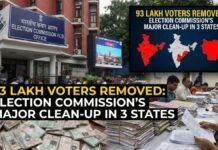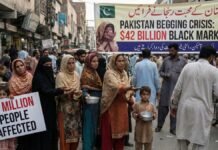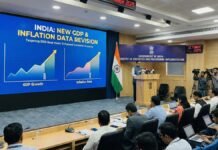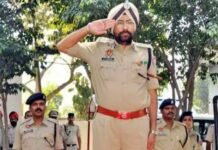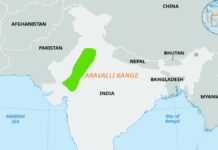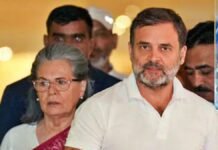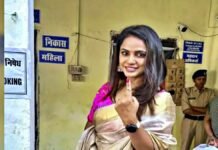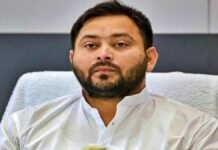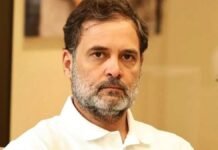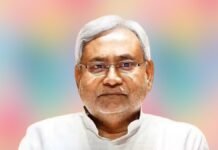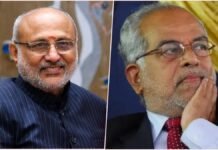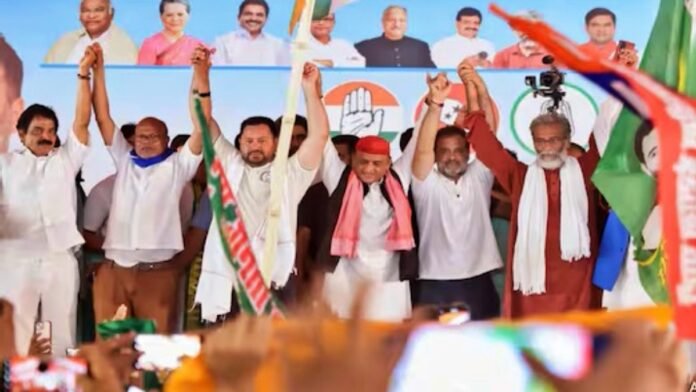
Key points
- Finale in Patna with “Gandhi se Ambedkar” padyatra from Gandhi Maidan to the Ambedkar statue near Patna High Court, followed by a public meeting.
- Rahul Gandhi, Tejashwi Yadav, Hemant Soren, Supriya Sule, Sanjay Raut and other INDIA bloc leaders participating; TMC representation also expected.
- Congress flags alleged mass deletions in Bihar rolls under Special Intensive Revision, while EC says only a limited number of formal objections were received.
- Supreme Court hearings have pressed for voter list accessibility; reports note an order to make deleted names available booth-wise.
– The yatra spanned 25 districts, blending roadshows, outreach meetings, and on-ground mobilization ahead of polls.
Patna: Thousands converged at Patna’s Gandhi Maidan for the closing ceremony, where opposition leaders gathered before stepping off for the “Gandhi se Ambedkar” march toward the B.R. Ambedkar statue near the High Court, a route chosen to symbolically link Gandhian mass action with constitutional rights. Security forces deployed CCTV, medical teams, and patrols as part of citywide arrangements for the procession and public meeting.
Who’s on stage
Leader of Opposition Rahul Gandhi is joined by RJD’s Tejashwi Yadav, Jharkhand CM Hemant Soren, NCP(SP) MP Supriya Sule, and Shiv Sena (UBT) leader Sanjay Raut, among others, reflecting broader INDIA bloc participation; TMC figures, including MP Yusuf Pathan’s team and party representative Lalitesh Tripathi, signalled presence to amplify the “vote chori” plank. Congress president Mallikarjun Kharge and Left leaders were also listed for the Patna program in earlier schedules.
The route and symbolism
The concluding padyatra begins with floral tributes at Gandhi’s statue, proceeds via S.P. Verma Road and Dak Bungalow Chowk, and culminates with tributes at Ambedkar Park bannered as “Gandhi se Ambedkar” to frame the campaign as a continuum from mass movements to constitutional safeguards. Organisers described the four-kilometre route as both a closing statement and a launchpad for similar drives in other states.
The core allegations
Congress says the yatra spotlights alleged wrongful deletions and procedural lapses in Bihar’s Special Intensive Revision, asserting widespread discrepancies and barriers to filing bulk objections; it claims the issue is national in scope and central to voter rights. The Election Commission, in a pointed rebuttal, said only 128 formal complaints were received (118 from CPI-ML and 10 from RJD) and none from authorized Congress BLAs in proper form, while detailing standard reasons for deletions such as migration, death, address absence, and multiple registrations.
Court and roll disclosures
In recent Supreme Court hearings, petitioners pressed for transparency and public access to the lists of deleted electors, citing anomalies and removal of online search features; the bench emphasized minimum availability of draft rolls at ERO offices and noted the benefits of broader publication. Separately, reports document that a booth-wise list of about 65 lakh deleted names has been made public, a key demand of petitioners and parties seeking scrutiny.
Scale of the yatra
Kicking off in mid-August from Sasaram/Rohtas, the campaign crisscrossed approximately 25 districts including Aurangabad, Gaya region, Siwan, Bettiah and more through roadshows, nukkad meetings, and citizen dialogues; on-ground coverage reported enthusiastic crowds in later stages like Bettiah as momentum built toward Patna. INDIA bloc chief ministers and allies joined at various legs, underscoring opposition unity ahead of Bihar’s electoral calendar.
Security and incidents
RJD-led local arrangements blanketed Patna’s key arteries with campaign materials and managed crowd movement from Veerchand Patel Path to Gandhi Maidan and on to the High Court area; authorities deployed layered security, traffic diversions, and medical support anticipating large turnouts. Earlier legs saw sporadic tensions in certain districts, prompting precautionary measures for the finale.
What’s next
Congress has billed the yatra as a catalyst for a broader, multi-state campaign to safeguard voter rolls and push electoral transparency into the national agenda; the Patna finale is intended as both culmination and kickoff for further state-level drives. With EC-Congress friction unresolved and judicial scrutiny ongoing, the Bihar experience is likely to frame future mobilisations and litigation on roll revisions.




